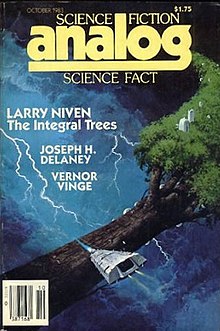Recently, the gas giant Ross 780 1 has started being absorbed by Ross 780 in a massive display.
Here are some pictures: http://imgur.com/gallery/4WB46



Come and visit this once in a lifetime event and don't forget your sunglasses.
Here are some pictures: http://imgur.com/gallery/4WB46



Come and visit this once in a lifetime event and don't forget your sunglasses.




